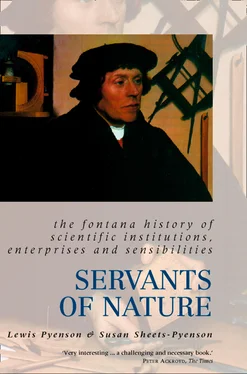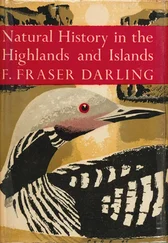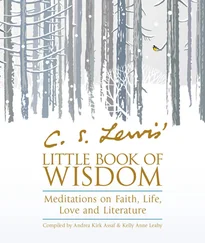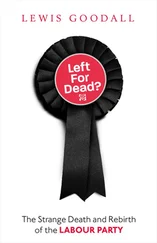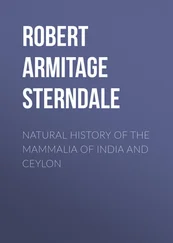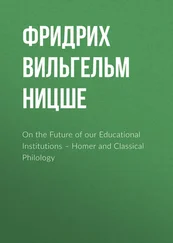1 ...8 9 10 12 13 14 ...29 Islam
A little more than a hundred years after the death of Muhammad in 632, Muslim rule in the form of the caliphate (the successors of the prophet) extended from Samarqand to Barcelona, stopped only by the Byzantines and the Franks. After a century or so of imperial rule, the caliphate devolved into a number of autonomous kingdoms and regimes, the periphery seceding first, organized under a diverse spectrum of caliphs, sultans, maliks, emirs, wazirs, and so on. The notion of a pan-Islamic world survived internecine wars and foreign invasions. Islamic rights were not restricted by political regime, and they entailed no national citizenship. All Muslims were equal before Quranic law in any Muslim jurisdiction, and this equality received continual reinforcement from trade and from the experience of the hadj , the pilgrimage to Mecca made by pious Muslims.
Because there was no Islamic pope to decide doctrinal matters (and disputes about dogma precipitated a number of schisms beginning with the earliest caliphs), the teaching of Islamic law became a practical necessity. By the ninth century, nonresidential law schools, or masjids , retailing Islamic knowledge in the context of everyday problems, emerged in association with mosques in most large Islamic centres; students lived in khans , nonprofit Islamic hostels for pilgrims and transients. From the masjid and the khan came the madrasa , the signal educational institution of Islam. It dominated learned life from the end of the tenth century until the nineteenth century.
Masjids and madrasas owed their existence to the charitable donation, or waqf. The usual inspirations for charity – piety and pride – lie behind the endowment of madrasas, but Islamic law provided special encouragement for it. A waqf donation, made in person or in a will, circumvented the divisions of an estate among a man’s sons, which resulted in the dissolution of private fortunes. By analogy with today’s philanthropies, an Islamic waqf could prevent fortunes from being taxed. Furthermore, the donor exercised complete liberty about the conditions of his waqf, provided that he did not contravene Islamic law. He could, for example, purchase or construct an institution, endow it, install himself as director, and specify that direction pass to his descendants. The waqf was inviolate, and it could be broken only if its object was heretical or uncharitable. It comes as no surprise that breaking a waqf – like breaking a modern will – was a regular occurrence.
The madrasas were waqf-endowed colleges for Islamic wisdom, complete with buildings, libraries, curators, service staff, dormitories, and (one imagines) dining commons. Professors and fellows, appointed by terms of the waqf, taught students in numbers from a dozen to more than a hundred. The madrasas had no corporate identity beyond the terms of the waqf, however; Islamic law gave rights only to individuals. There were, then, no corporate diplomas. A disciple received a written commendation from an individual master, his madrasa professor. By implication, madrasas had no sinecures. A professor was paid not to write books, but rather to train students in the art of debating Islamic truth. If he had no students, he could not receive a waqf-endowed salary, and the exercise of dazzling rhetoric was the way to attract students away from hundreds of competing madrasas.
The individualistic approach to higher learning (the lack of which in modern universities educators so often decry) extended to the matter of documentation. A madrasa student aspired to a certificate of mastery signed by a professor. The competent authority – always a man – authorized the acolyte to teach law or issue legal opinions. This licence to teach was a unique development. The Islamic certification, it may be argued, is the origin of the facultas ubique docendi – the authorization to teach a particular subject anywhere – issued corporately by professors or by the church at the early Christian universities in Europe.
The madrasa curriculum generally excluded the so-called ancient sciences, the inheritance from the schools and museums of the Hellenistic-Roman world, which in the ninth century, under the patronage of caliphs Harun al-Rashid and especially al-Mamûn, had been translated into Arabic. The exclusion has been seen as a conservative rejection of heretical, or at least contentious, doctrines. Yet the madrasas do seem to have instituted just the method of disputation that dominated the Hellenistic schools, survived into the late medieval period at Constantinople, and formed the basis of scholarly interchange at Christian universities in medieval Europe. Despite contempt for and amusement directed at the ancients, classical works in science did not suffer the opprobrium of a universal ban. Students informally read treatises in natural science and medicine with madrasa professors. Twelfth-century Iberian-based Ibn Rushd (1126–1198), known in the Latin world as Averroës, is illustrative. A professor of Islamic jurisprudence, he wrote major treatises on astronomy and medicine. Although his philosophical works were anathematized and burned at Córdoba in Spain, his writings on the ancients suffered no indignities.
Law – whether natural, conventional, or supernatural – requires a record of opinions, and for this reason large libraries were also a familiar feature of the ninth-century Islamic world. The most famous of these was the Bayt al-Hikmah, or Hall of Wisdom, founded by the caliph al-Mamûm at Baghdad, but it was by no means the only one – in Baghdad or elsewhere. In antiquity and the medieval world, libraries were places for all activities related to books, whether reading, copying, or convening seminars and debates. A library in tenth-century Basra even had a professor-in-residence who gave courses. We see something of this tradition today in the broad sponsorship of cultural activities by the world’s great libraries. Influential scholars and historians of modern times – Lucien Herr and Philippe Ariès in Paris, George Sarton in Cambridge, Massachusetts, and Daniel Boorstin in Washington, DC – published their work as associates of a library.
The Middle Ages
The thirteenth century, the century of great cathedral construction, was a time of unusual organizational ferment. One of its achievements was the emergence of modern universities. Over the preceding centuries, Christian Europe had been studying Roman law and wrestling with foreign wisdom, variously Byzantine and Arabic. Law became important as the Catholic church contested with civil authorities for control of temporal realms. Teachers of law and related matters – the grammar, rhetoric, and logic of the classical trivium – were in great demand at urban centres. There, overlapping and competing jurisdictions exerted by the church, nation, county, town, or guild, each with its rights and privileges, divided up the citizenry. At the same time cities stimulated the formation of groups of like-minded people into corporations with clearly defined responsibilities and fields of action. Students and masters of higher learning fell into line. They took the term universitas , a legal entity with powers extending beyond the individuals who composed it, much as other trades could have taken the term.
Universitas was at first always qualified to indicate whether the academic guild was one of students who named a rector (as at Bologna, Salamanca, Leipzig, the first Cracow university, or the law faculty at Montpellier and Prague), one of masters (as at Paris), or a power-sharing arrangement of students and masters together, as at Louvain. A large class of students were also masters, especially those in the higher, professional faculties who had completed a teaching licence in the lower arts faculty. (The system continues today in universities like Yale, where undergraduates are taught by graduate-student faculty, and in Oxford’s Christ Church college, where the masters are called ‘students’.)
Читать дальше
